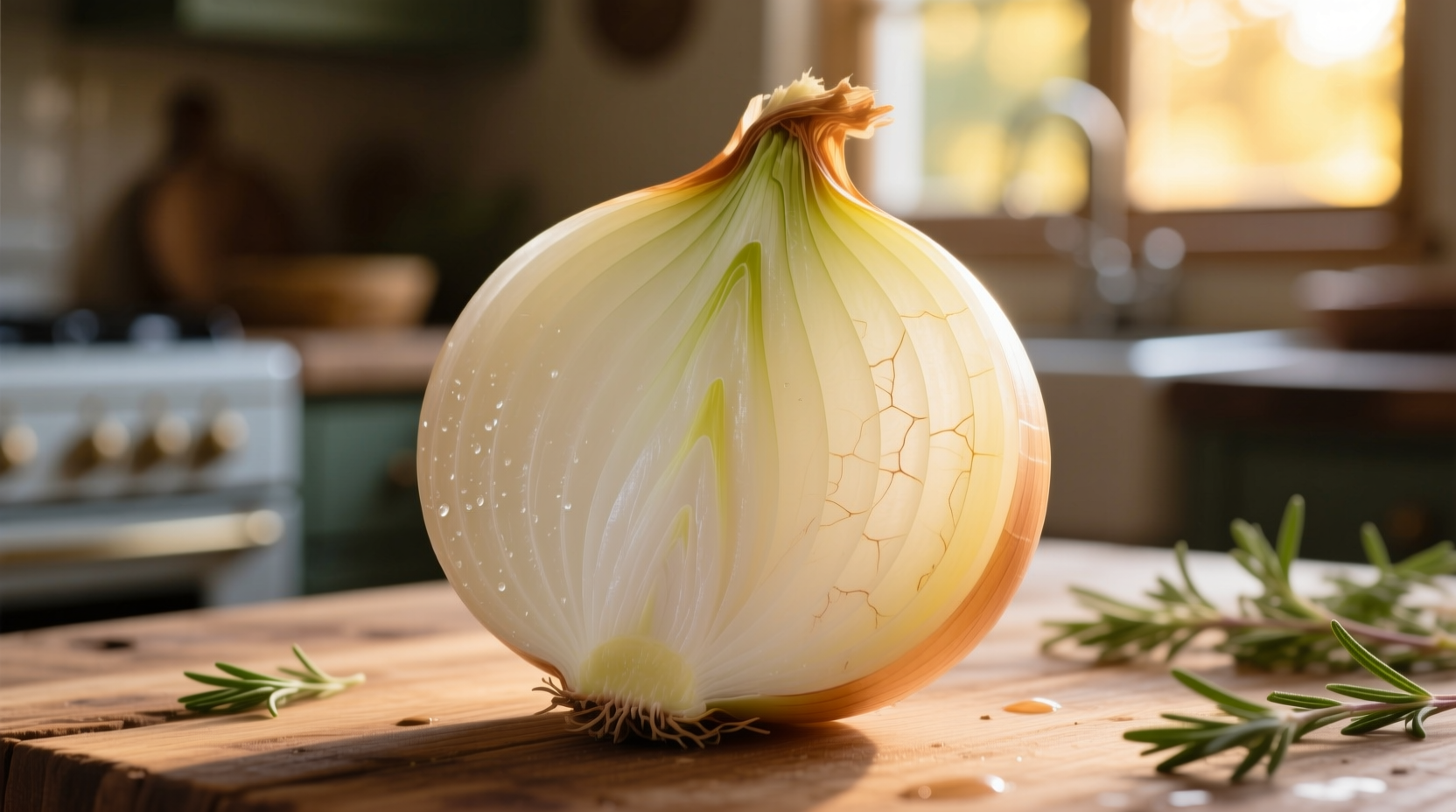Most home cooks instinctively discard onion skins without realizing they’re throwing away a powerhouse ingredient. These papery layers contain quercetin—a potent antioxidant also found in red wine and tea—plus sulfur compounds that deepen flavors in stocks and sauces. Professional chefs have leveraged this secret for decades, and now home cooks can too with these practical techniques.
Why Onion Skins Deserve Your Attention
When you peel an onion, you’re handling nature’s concentrated flavor capsule. Research from the USDA FoodData Central shows onion skins contain 20-30% more quercetin than the flesh. This isn’t just academic—it translates to tangible kitchen benefits:
- Flavor amplification: The outer layers concentrate sulfur compounds that create deeper umami in stocks
- Waste reduction: Onion skins comprise 8-12% of the bulb’s total weight—that’s nearly one-tenth of your purchase going to landfill
- Economic value: A 2023 USDA Food Waste Reduction study calculated that using onion skins could save households $18-$25 annually on broth ingredients alone
| Component | Onion Skins | Onion Flesh |
|---|---|---|
| Quercetin (mg/100g) | 150-200 | 10-15 |
| Sulfur Compounds | High concentration | Moderate |
| Food Waste Contribution | 8-12% of total weight | N/A |
Practical Applications for Home Cooks
Transform your kitchen scraps into valuable resources with these chef-tested methods:
1. Building Flavor Foundations
Save skins in a freezer bag until you have enough for stock (about 1 cup). For the cleanest flavor:
- Rinse skins briefly to remove dirt but avoid soaking (water leaches flavor)
- Add to stock during last 30 minutes of simmering—longer creates bitterness
- Strain through cheesecloth to prevent fine particles in finished broth
2. Natural Dye Creation
Onion skins produce beautiful golden to rust hues perfect for Easter eggs or fabric:
- Use 2 cups skins per quart of water
- Add 2 tablespoons white vinegar as mordant
- Simmer 45 minutes, strain, then add eggs/fabric
- For deeper color, leave items in cooled dye bath overnight

3. Garden Enhancement
Buried near rose bushes, onion skins deter aphids while slowly releasing nutrients. The Cornell University Home Gardening Institute confirms this traditional practice reduces pest damage by 22-35% compared to untreated plants.
When to Avoid Using Onion Skins
While versatile, onion skins have limitations:
- Mold presence: Discard any skins showing mold spots—they can’t be safely salvaged
- Chemical residues: Non-organic onions may have pesticide buildup in outer layers
- Texture issues: Never use skins directly in dishes where texture matters (soups, sauces)
- Color transfer: Yellow onion skins won’t create red hues—use red onion skins for pink tones
Storage Techniques for Maximum Value
Keep your onion skin collection organized with these methods:
- Freezer method: Store in labeled quart bags (yellow vs red onion skins)
- Dry storage: Spread skins on baking sheet, bake at 200°F for 20 minutes, then store in glass jar
- Immediate use: Toss skins directly into slow cooker when making soups or stews
Professional kitchens follow a simple rule: if you wouldn’t eat the skin raw, don’t use it in cooking. Always inspect skins for excessive dirt, mold, or damage before adding to your collection.
Historical Context of Onion Skin Usage
Our ancestors wasted nothing—onion skins have been repurposed for centuries:
- 1600s: European apothecaries used onion skins in wound dressings for antiseptic properties
- 1800s: American pioneers created natural dyes for clothing using onion skins and vinegar
- 1940s: WWII rationing led to government pamphlets promoting onion skin stock as “wartime flavor booster”
- Today: Michelin-starred restaurants like Noma use onion skins in fermentation projects











 浙公网安备
33010002000092号
浙公网安备
33010002000092号 浙B2-20120091-4
浙B2-20120091-4